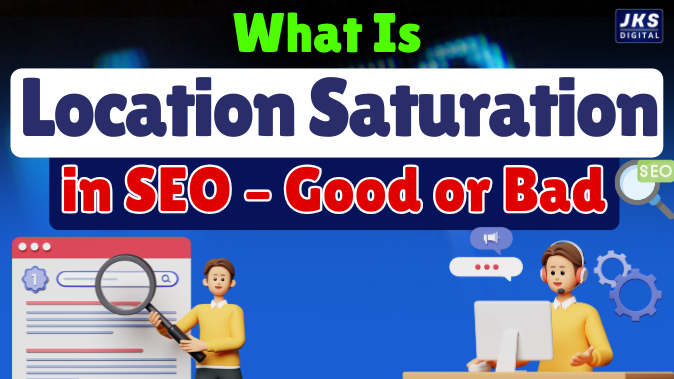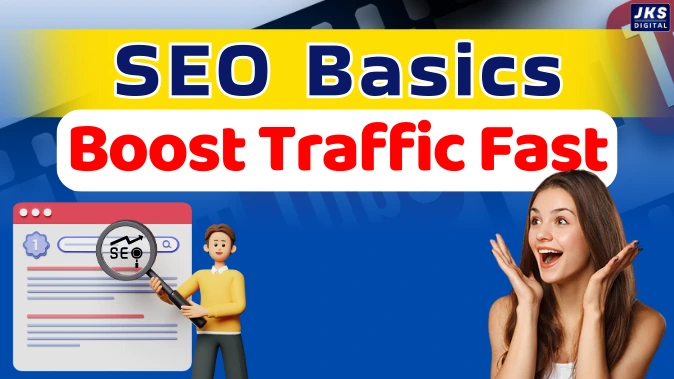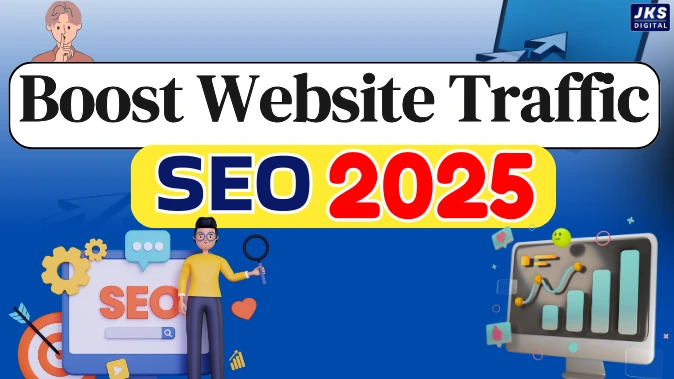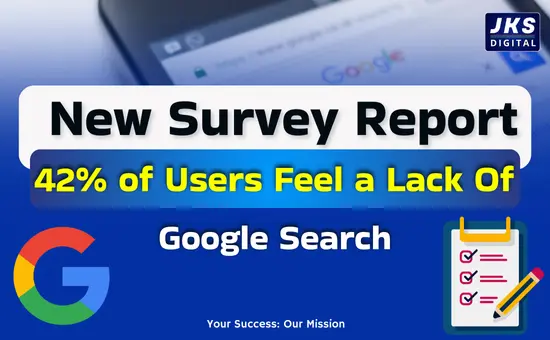What Is Location Saturation in SEO:- In today’s highly competitive digital space, local SEO plays a crucial role in driving visibility for small and medium-sized businesses. Whether you’re a local restaurant, an educational institute, or a service provider, appearing in local search results can be the deciding factor between thriving and struggling.

However, in the pursuit of ranking higher in multiple local areas, many businesses unknowingly fall into the trap of location saturation — a practice that can actually harm their visibility rather than enhance it.
So, what exactly is location saturation? And how can it affect your rankings on Google? Let’s break it down.
What Is Location Saturation in SEO?
Location Saturation occurs when a business attempts to target too many geographic locations using similar or duplicate content across their website, landing pages, or local listings. This is often done in an effort to dominate multiple city-specific search terms like:
- “Digital marketing agency in Delhi”
- “Digital marketing agency in Noida”
- “Digital marketing agency in Gurugram”
The problem arises when each of these pages offers almost identical content, changing only the location name. Google views this practice as manipulative and may flag it as duplicate or thin content.
Why Businesses Do It (And Why It Backfires)
From a business owner’s perspective, the logic seems simple:
“More location-based pages = more chances of ranking in those areas.”

But here’s the truth: Google doesn’t reward repetition; it rewards relevance and quality.
When your location-specific pages lack distinctiveness and real value, they can undermine your SEO efforts rather than support them.
- Lower organic rankings
- De-indexing of some pages
- Poor user engagement
- Penalties in extreme cases
Google’s algorithms are designed to detect such patterns. If the content seems mass-produced with only the city name changed, it loses credibility in the eyes of both search engines and users.
How Location Saturation Hurts Your Local SEO
1. Duplicate Content Issues
When multiple pages on your site closely resemble each other, search engines may have difficulty deciding which one deserves to rank. This confusion can weaken your site’s authority and reduce its overall visibility.

2. Keyword Cannibalization
When multiple pages are targeting the same keyword with similar intent, they start competing against each other, rather than boosting your site’s performance collectively. As a result, none of them may rank well.
3. User Trust and Engagement
Users who land on different pages with nearly identical content may lose trust in your brand. They may perceive it as lazy or even spammy, especially if they notice the repetition.
4. Wasted Crawl Budget
Google and other search engines assign a limited crawl budget to every website, determining how many pages they’ll review within a given timeframe. Saturating your site with multiple low-value pages can lead to important pages getting ignored or de-prioritized.
How to Avoid Location Saturation and Still Rank Locally
Now that you understand what not to do, here’s how you can take a smarter approach to local SEO:
1. Create Truly Unique Location Pages

If you must create multiple location-based landing pages, ensure each one offers original, localized content. Consider including:
- Testimonials from local customers
- Location-specific case studies or examples
- Unique staff bios (if applicable)
- Local events or partnerships
It strengthens your SEO while also fostering genuine trust within the local community.
2. Optimize Google Business Profile (GBP) for Each Location
Instead of overloading your website with similar pages, invest time in optimizing your Google Business Profile for each physical location. Use accurate business categories, photos, descriptions, and regular updates.
3. Use Location-Based Blog Content
Rather than duplicating service pages, consider writing blog posts targeted to each region. For example:
- “Top 5 Social Media Strategies That Worked for Noida-Based Startups”
- “How Delhi-Based Small Businesses Are Winning with Local SEO”
This is a subtle yet effective way to build localized relevance without saturating your core pages.
4. Build Local Citations and Backlinks
Get your business listed on trusted local directories, industry-specific websites, and local news portals. High-quality backlinks from local sources help build authority and signal to Google that your business is truly present in that area.
5. Leverage Structured Data Markup
Use Local Business schema markup to tell Google exactly where your business operates. This helps search engines deliver more accurate and relevant results without needing dozens of location-specific pages.
When Is Multi-Location SEO Still Justified?

There are exceptions.
If your business has actual offices, staff, or operations in multiple cities, then it makes sense to create multiple local pages — provided they are backed by real-world presence and unique value.
Read Also:- How to Write SEO-Optimized Content that Doesn’t Sound Boring
In such cases, Google wants to see:
- Unique address and contact info per location
- Local customer reviews for each location
- Separate GBP listings
- Distinct service offerings, if possible
The more authentic and differentiated your local presence, the better your chances of ranking.
Frequently Asked Question
1. How can I rank my business in multiple cities without creating duplicate pages?
To rank across multiple cities, focus on creating unique content for each location. Include elements like local testimonials, client success stories, and photos specific to the area. Avoid simply copying the same page structure with a different city name, as Google sees this as thin or duplicate content. Your goal should be to show genuine relevance and value in each location.
2. Does having similar content on city-specific pages hurt SEO?
Yes, it can. When multiple pages offer nearly identical content, Google may find it difficult to determine which one is most relevant, or worse, may treat them as spam. This can lead to poor indexing, diluted page authority, and lower overall visibility. Always aim for unique, location-relevant content.
3. What is the most effective way to handle SEO for multiple service areas?
A balanced strategy works best. Combine unique location pages for high-priority cities with blog content targeting nearby regions. Enhance your Google Business Profiles, acquire local backlinks, and use schema markup to define your service areas. All of this helps search engines and users connect with your business in the right place.
4. Why isn’t my local SEO improving despite adding more city pages?
Adding more pages won’t help unless each one provides meaningful, original content. If your city pages are nearly the same, they may not be indexed or ranked. Focus on quality — include genuine insights about your services in those regions, and tailor each page’s content to local interests and concerns.
5. What does ‘location saturation’ mean in SEO?
Location saturation happens when a business tries to rank in multiple areas by creating several similar pages with little to no unique content. This often backfires, as Google sees the repetition as an attempt to manipulate search rankings. Instead of improving visibility, it can harm your local SEO performance.
6. Can Google penalize my website for too many local pages?
While Google may not issue a manual penalty, it can algorithmically ignore or devalue pages that appear repetitive or lack depth. In severe cases, your overall site authority could suffer. It’s best to focus on authentic, helpful content that serves local users well.
7. How many local landing pages should I build for my business?
Only as many as you can support with original, location-specific content. If your business actively operates in five cities, then five well-developed pages make sense. But avoid scaling beyond your actual presence just to chase rankings — it rarely works and often does more harm than good.
8. Is repeating the same service text across city pages bad for SEO?
Absolutely. Reusing service descriptions without any meaningful changes across multiple location pages signals to search engines that the content is generic. Instead, adjust the content to include local customer pain points, regional trends, or success stories that make each page feel locally relevant.
9. How can I avoid location saturation in local SEO?
Avoid creating low-effort, copy-paste pages for every city. Instead, focus on quality over quantity. Make each page unique by including localized content, using structured data, engaging with local backlinks, and publishing local blog posts. This strategy builds relevance and trust both with users and search engines.
10. What is keyword cannibalization in local SEO, and how is it related to location saturation?
Keyword cannibalization occurs when multiple pages on your site target the same keyword, causing them to compete with each other rather than supporting your overall SEO goals. Location saturation often leads to this issue, especially when pages are built around the same services and keywords for different cities without clear differentiation.
Final Thoughts
Local SEO isn’t about manipulating algorithms — it’s about demonstrating real value to the communities you serve. Search engines are constantly evolving to prioritize relevance, authenticity, and user satisfaction. If your strategy focuses only on appearing in as many locations as possible without offering true local value, you’re likely to be penalized in the long run.
Location saturation may feel like a quick fix for broader visibility, but it often causes confusion for both search engines and users. Instead of spreading your efforts thin, concentrate on creating meaningful, location-specific content that answers real questions, reflects local relevance, and earns community trust.
Because at the end of the day, search engines are intelligent — but your audience is even smarter. They don’t just want to find a business; they want to connect with one that understands their needs and speaks their language. Focus on quality, not quantity — and your local rankings will follow.





